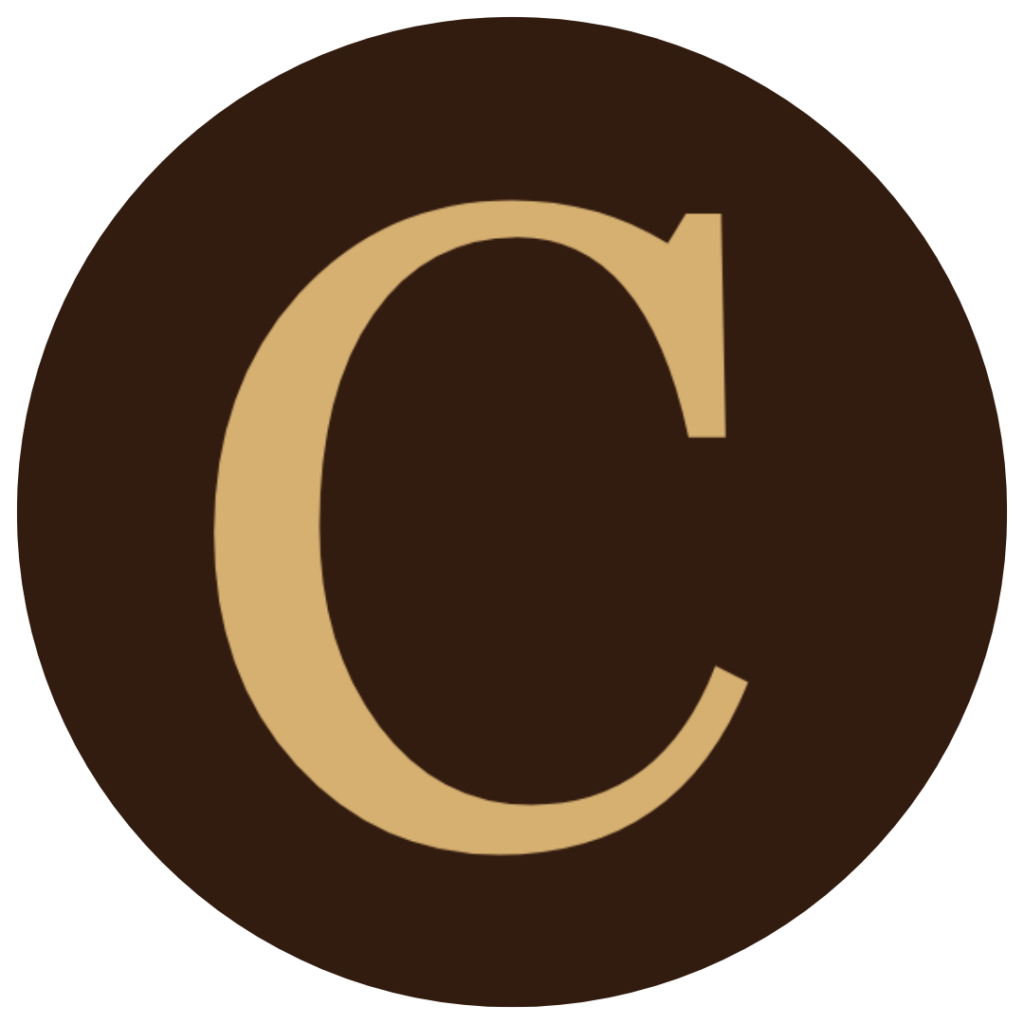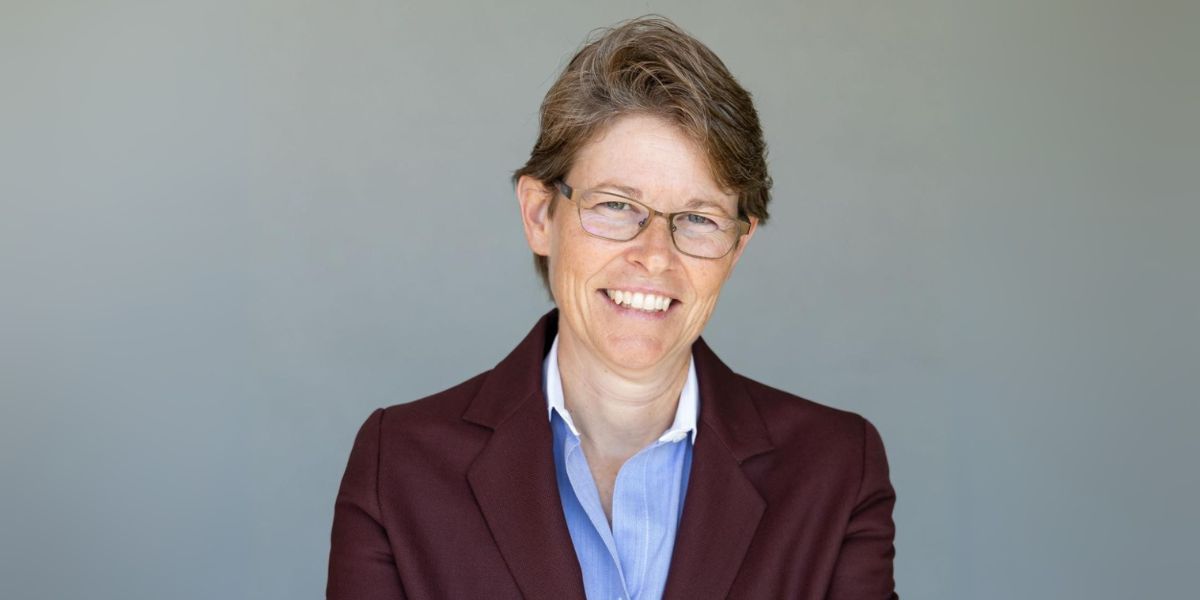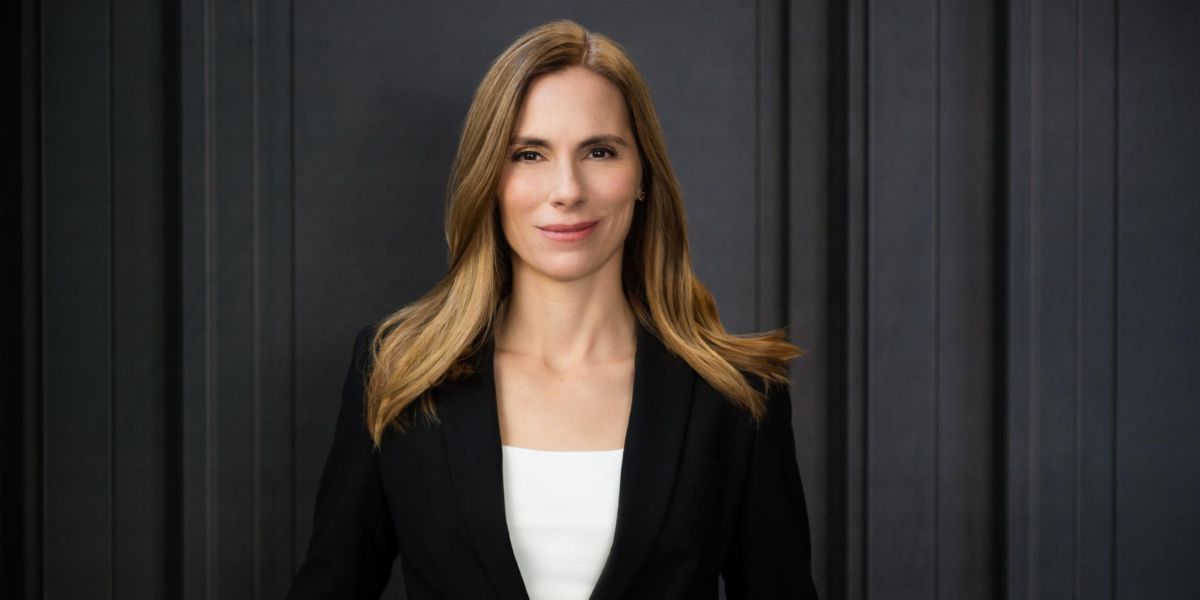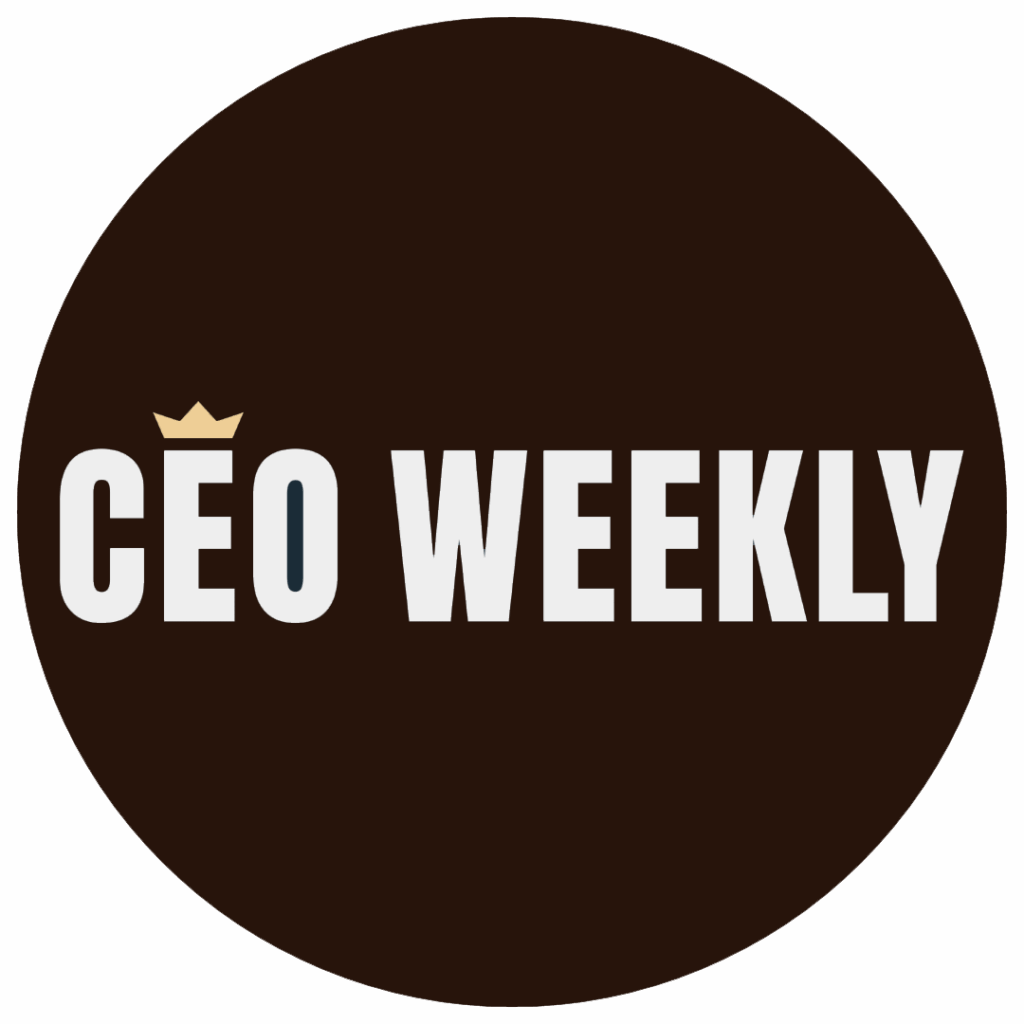By: Shawn Mars
Interviewer: Feng Jiaming, you’re recognized as a prominent curator with a unique blend of artistic vision and business acumen. Can you share what inspired you to embark on this journey into the world of art curation?
Feng Jiaming: Thank you. My journey into art curation was rooted in a deep appreciation for the transformative power of art. I’ve always been fascinated by how art can transcend cultural boundaries and inspire dialogue. Founding Beijing Fengtang Sports Culture Media Co., Ltd. allowed me to combine this passion with my background in business and design, enabling me to curate exhibitions that are not only visually engaging but also culturally meaningful.
Interviewer: Over the past nine years, you’ve curated numerous exhibitions across China. How would you describe your curatorial philosophy?
Feng Jiaming: My curatorial philosophy revolves around creating narratives that resonate with audiences on multiple levels. Whether it’s a traditional art form like ceramics or contemporary installations, I aim to strike a balance between preserving cultural heritage and introducing modern perspectives. This involves meticulous planning—from selecting the right artists and artworks to designing the exhibition space and collaborating with media outlets. Every detail contributes to an experience that is both aesthetically compelling and intellectually engaging.
Interviewer: Your work spans high-profile projects like the New Year’s Eve Promise of Harmony and Togetherness exhibition and the Heavy Color Mahaana exhibition. What do you consider your most significant contributions to these projects?
Feng Jiaming: Each project presented unique challenges and opportunities. At the New Year’s Eve Promise of Harmony and Togetherness exhibition, for instance, I focused on showcasing emerging voices in contemporary art while maintaining a cohesive vision. For the Divine Observation exhibitions, the whole country was to highlight the artist’s introspective narrative through immersive design and innovative use of space. These projects taught me the importance of adapting to different artistic languages while staying true to a clear curatorial vision.
Interviewer: Your recent exhibitions, such as “Heavy Color Mahaana” in Jingdezhen and “Silk Road Porcelain Language” in Xi’an, have received significant acclaim. What was your approach to curating these events?
Feng Jiaming: Both exhibitions were deeply rooted in the tradition of ceramic art, which has a profound cultural legacy in China. For “Heavy Color Mahaana,” held at the Changnan Liyu Jue Ceramic Intangible Cultural Heritage Base, my focus was on celebrating the vibrancy and timelessness of this craft. Similarly, “Silk Road Porcelain Language” in Xi’an was about connecting the historical significance of ceramics along the Silk Road with contemporary artistic interpretations. My approach involved not only selecting exceptional artists but also crafting an environment where their works could evoke both historical reverence and modern relevance.
Interviewer: You’ve also been recognized for breaking conventional norms, particularly through your planned collaboration with the Jingdezhen Zhengcheng Tang Ceramic Art Museum. Can you tell us more about that?
Feng Jiaming: Absolutely. The collaboration with Jingdezhen Zhengcheng Tang Ceramic Art Museum is an exciting project because it allows me to experiment with blending contemporary art and modern fashion. I see this as an opportunity to push the boundaries of traditional curation, creating an experience that appeals to both art enthusiasts and broader audiences. It’s about challenging perceptions and fostering a dialogue between different creative disciplines.
Interviewer: Your expertise spans art curation and commercial exhibitions. How do you balance artistic integrity with commercial objectives?
Feng Jiaming: It’s a delicate balance, but I believe the two can complement each other. Commercial exhibitions offer a platform to engage wider audiences while maintaining artistic integrity to help ensure that the content resonates on a deeper level. My background in commercial brand design has helped me understand how to craft exhibitions that are both impactful and accessible. It’s about finding that sweet spot where art retains its authenticity while engaging a broader audience.
Interviewer: With a Master’s degree from New York University and years of practical experience, what advice would you offer to aspiring curators?
Feng Jiaming: My advice would be to embrace versatility. The art world is constantly evolving, and curators must be willing to adapt. Develop a deep understanding of both the artistic and logistical aspects of curation. And most importantly, remain passionate and curious—every project is an opportunity to learn and grow.
Interviewer: What do you hope your legacy in the art world will be?
Feng Jiaming: I hope to be remembered as someone who bridged the gap between artistic expression and cultural dialogue. My goal has always been to create exhibitions that inspire connection—whether it’s through preserving tradition, embracing modernity, or fostering innovation. If my work can continue to spark meaningful conversations and bring people closer to art, I will consider that a legacy worth leaving.
Through his work, Feng Jiaming continues to shape the narrative of art as a dynamic and transformative force. His vision, innovation, and commitment to excellence position him as a leading figure in the ever-evolving world of art curation.
Published by Iris S.









